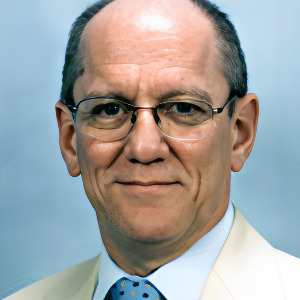Digital Dentistry, Robotics and Nanodentistry
In contrast to electrical or mechanical components alone, digital dentistry are often defined as any dental technology or device that encompasses digital or computer-controlled components. Both for restorative and diagnostic purposes, digital dentistry can make dental procedures more efficient than employing mechanical instruments.
Robotics are increasingly being used in navigational surgery for a variety of medical specialisations, owing to advances in technology and computer science. When it comes to inserting instrumentation, robotics has advantages over freehand procedures.
Nanodentistry has emerged as a new branch of nanotechnology that uses nanoparticles to aid in the diagnosis, treatment, prevention, and improvement of dental health. Clusters of atoms, grains, fibres, films, crystals, and nanoholes are examples of nanomaterials.
- Digital Dentistry technologies
- CAD/CAM in dentistry
- Intra-oral cameras
- Virtual and Augmented Reality
- Nanodevices, Chips and Nanomaterials

David Geoffrey Gillam
Queen Mary University of London, United Kingdom
Zvi Loewy
New York Medical College, United States
Khamis A Hassan
Global Dental Research Centre, Canada
Laurindo Moacir Sassi
Erasto Gaertner Hospital Cancer Center and Mackenzie Evangelical University Hospital, Brazil
Arnaldo Castellucci
Dr. Castellucci MD, DDS, Italy
Yasser Khaled
Marquette University, United States



Title : Efficacy of a biomin F toothpaste compared to conventional toothpastes in remineralisation and dentine hypersensitivity: An overview
David Geoffrey Gillam, Queen Mary University of London, United Kingdom
Title : Knowledge and attitudes of dental professionals in the evaluation of Molar Incisor Hypomineralisation (MIH): Awareness, diagnosis and treatment approaches: An overview
David Geoffrey Gillam, Queen Mary University of London, United Kingdom
Title : The coordinated triad of spatial temporal and biomechanical strategies managing the where when and how of shrinkage stress in bulk fill resin composite restorations
Khamis A Hassan, Global Dental Research Centre, Canada
Title : Dental treatment of 1500 young children under general anesthesia
Jaap Boehmer, Rijnstate Hospital, Netherlands
Title : Enhancing root canal success strategic use of orifice opener one step synthesis gels orifice barriers
Emmanuel Samson, Consultant Total Dental Care, India
Title : Importance of clinical pharmacokinetics of medications in the postoperative period of patients undergoing dental surgical procedures
Vitoldo Antonio Kozlowski Junior, Ponta Grossa State University, Brazil